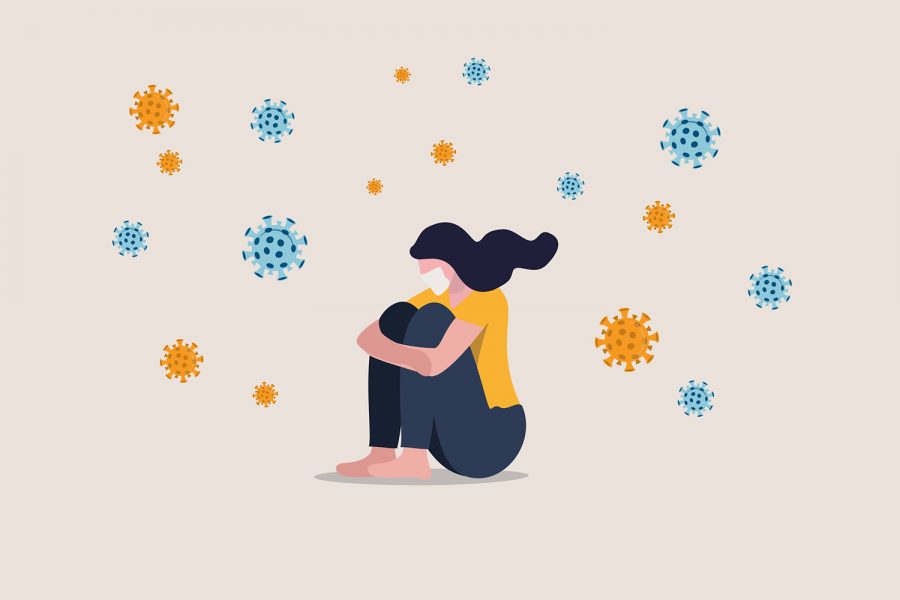Guest Opinion | Seasonal Depression During an Unprecedented Winter: How Light Therapy Can Help
Stressors surrounding the pandemic make this winter particularly tough for individuals with mental health conditions such as seasonal affective disorder (SAD). Light therapy is a safe and affordable option for treating SAD as well as winter-related mood and sleep changes.
iStock
January 31, 2021
The shorter and darker days of winter bring about changes in mood, sleep, and energy for many people. For those with seasonal affective disorder (SAD), a type of depression that follows a seasonal pattern, these changes are more serious and can impact thinking, behavior, and daily functioning. With the increased stress and isolation caused by the ongoing pandemic, this winter is the perfect recipe for new/worsening mental health disorders. Whether you’re experiencing the “winter blues” or have a diagnosed depressive disorder, one treatment in particular could have profound effects on your daily life: light therapy
What is light therapy?
Light therapy is a safe and affordable option for easing symptoms, increasing mood and energy levels, and regulating sleep. This involves sitting in front of a light therapy box for a period of time immediately after you wake up. You can enjoy your morning routine (e.g. morning coffee, read a book, watch TV, etc.) while receiving light therapy. Just remember these three important tips to get the most benefit from light therapy: 1) make sure you’re 16-24 inches from the light 2) keep your eyes open, 3) never look directly into the light. Light boxes work by mimicking the sun’s natural light and are believed to affect the chemicals in our brains that influence mood and sleep. You may see benefits within a couple of days, but with time and a daily routine, symptoms should improve by two weeks. While having a schedule is important, it is critical to have the right “dose” of light. Currently, a 10,000-lux light (lux=light intensity) and thirty minutes of exposure per day is recommended for people with SAD. It’s also important to note that everyone is different, and exposure time and schedule can vary based on individual needs and light box lux ratings.
So, do you want to try light therapy?
Thankfully, there are a lot of affordable and effective options to choose from. Personally, I love the Verilux HappyLight Lumi Plus. It has a 10,000-lux rating, is relatively affordable (around $40), and has a compact design that makes it travel-friendly. If you are interested in light therapy, Student Health and Wellness provides a light box for one month at no charge.
While light therapy is considered safe for most people, there are some risks to be aware of. You may experience headaches, eye strain, or nausea in the first few days; however, these side effects are usually mild and resolve over time. There are also conditions that light therapy is not recommended for, including bipolar disorder and illnesses that require taking medications that cause photosensitivity (e.g. certain antibiotics).
This article is not a substitution for a medical consultation. Before beginning light therapy, consult with your healthcare provider to make a plan that is right for you.
If you’re having suicidal thoughts, please get help. Call 911, or if you want to talk to someone dial the National Suicide Hotline Number: 1-800-273-8255.
Hannah Erlbacher, MD Candidate, Class of 2024



